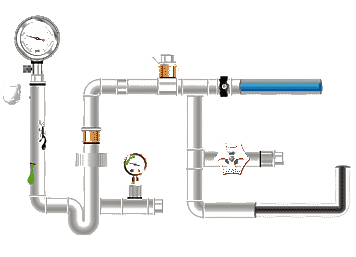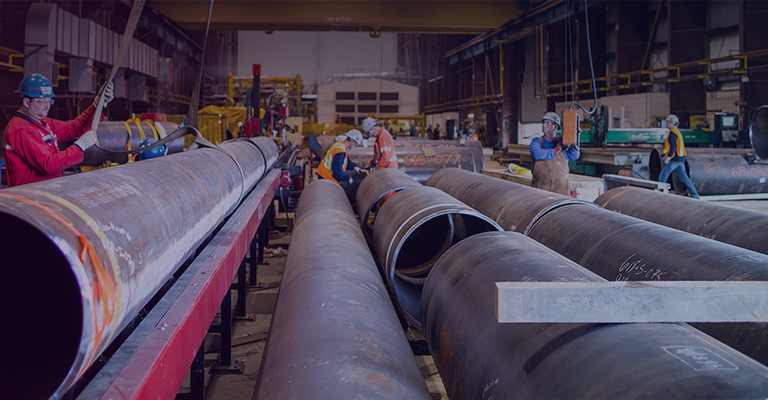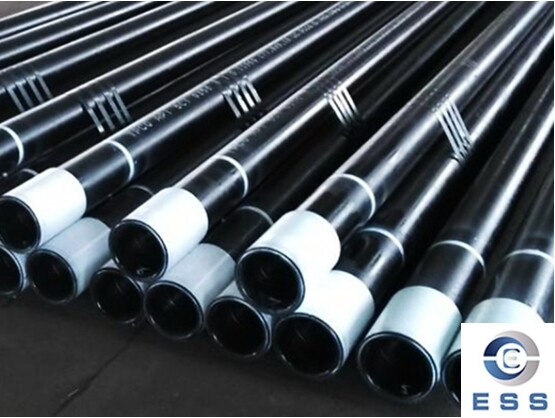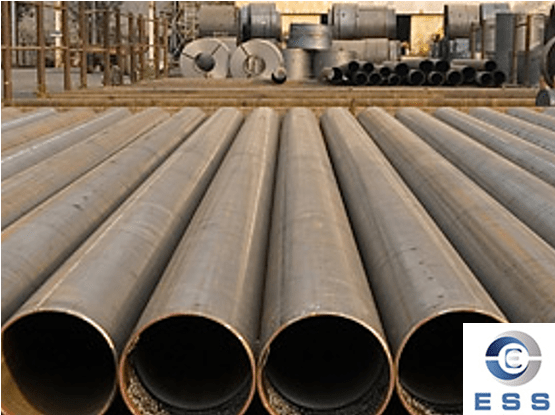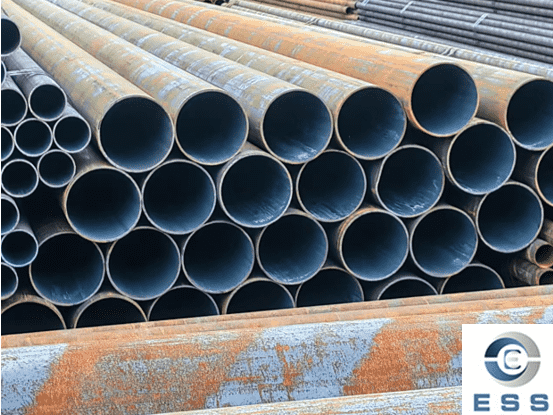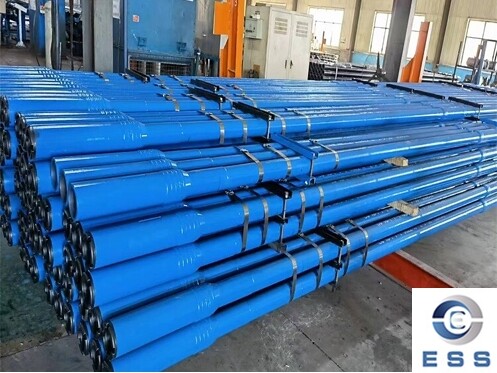
Oil casing pipe plays a vital
role in oil drilling. Together with drill pipes, core pipes and casing
pipes, drill collars, and small-diameter steel pipes for drilling, it
constitutes the main equipment for drilling.
Purpose of oil casing pipe
Oil casing pipe is designed for oil well drilling and is an
indispensable OCTG pipe in the drilling
process. It is responsible for protecting the well and guiding drilling during
drilling.
Types of oil casing pipe
According to the API SPEC 5CT "Oil Casing
pipe" standard, oil casing pipe can be divided into two categories: short
threaded casing pipe and its couplings, and long threaded casing pipe and its
couplings. According to the standard, oil casing pipe is divided into two
categories: short thread and long thread.
Specifications and appearance quality requirements
1. According to the API SPEC 5CT standard, the length of oil casing
pipe is not fixed, and its range is usually between 8-13 meters. But at the
same time, the standard also allows the provision of casing pipe not shorter
than 6 meters, but the number of such casing pipes shall not exceed 20% of the
total.
2. The inner and outer walls of the casing pipe must remain intact and
must not have defects such as folds, hairlines, delamination, cracks, rolling
or scarring. These defects should be completely removed, and the removal depth
should not exceed 12.5% of the nominal
wall thickness of the casing pipe.
3. The outer surface of the coupling must also be kept intact, without
any folds, hairlines, delamination, cracks, rolling or scarring.
4. The threaded surfaces of the casing pipe and coupling must be
smooth, and no burrs, tears or any other defects that may interrupt the thread
and affect its strength and tight connection are allowed.
Chemical composition inspection
1. According to API SPEC 5CT standard, the casing pipe and its coupling
should use the same steel grade, and their sulfur and phosphorus contents
should not exceed 0.045% respectively.
2. When conducting chemical analysis, samples should be taken in
accordance with the provisions of the relevant standards, and detailed analysis
should be carried out according to the relevant parts.
3. In addition, the American Petroleum Institute ARISPEC5CT1988 1st
edition also provides specifications for chemical analysis. In terms of sample
preparation, the latest version of ASTME59 should be followed; in the chemical
analysis process, the latest version of ASTME350 should be referred to.
Physical performance inspection
1. According to the API SPEC 5CT standard, casing pipe and its
couplings must be subjected to flattening test, tension test and water pressure
test.
2. At the same time, according to the specification of API SPEC 5CT
1988 Edition 1 of the American Petroleum Institute, hydrostatic pressure test,
flattening test, sulfide stress corrosion cracking test, hardness test (follow
the latest version of ASTME18 or E10), tensile test, transverse impact test
(refer to the latest version of ASTMA370, ASTME23 and related standards), and
grain size determination (according to ASTME112 or other applicable methods)
are also required. Various tests such as flattening, tension, water pressure,
etc. are required to ensure that its performance meets the standards.
Import and export of oil casing pipe
1. The main import source countries of oil casing pipe include China,
Germany, Japan, Romania, Czech Republic, Italy, Britain, Austria, Switzerland,
the United States, as well as Argentina and Singapore. When importing, these
countries mostly use the API5A, 5AX, 5AC and other standards of the American
Petroleum Institute as the basis. The imported casing pipe steel grades include
H-40, J-55, N-80, P-110, C-75, C-95, etc., and the specifications are mainly
concentrated in 139.77.72R-2, 177.89.19R-2, 244.58.94R-2, etc.
2. According to API regulations, casing pipe lengths are divided into
three types: R-1, R-2 and R-3, corresponding to different length ranges.
3. Some imported goods will be specially marked with LTC, that is, long
thread casing pipe, which has a special thread design.
4. In addition to following API standards, some of the casing pipe
imported from Japan will also follow the standards of Japanese manufacturers,
such as Nippon Steel, Sumitomo, Kawasaki, etc., and their steel grades include
NC-55E, NC-80E, NC-L80, NC-80HE, etc.
5. When handling claims, we have found appearance defects such as black
buckles, thread damage, pipe folding, broken buckles and thread close distance
tolerance, as well as internal quality problems such as casing pipe brittle
cracking and low yield strength.
Packaging requirements
According to API SPEC 5CT standard, oil casing pipe must be bundled
with steel wire or steel belt. At the same time, in order to protect the
threads of the casing pipe and couplings, the exposed thread part of each casing
pipe should be equipped with a protective ring.









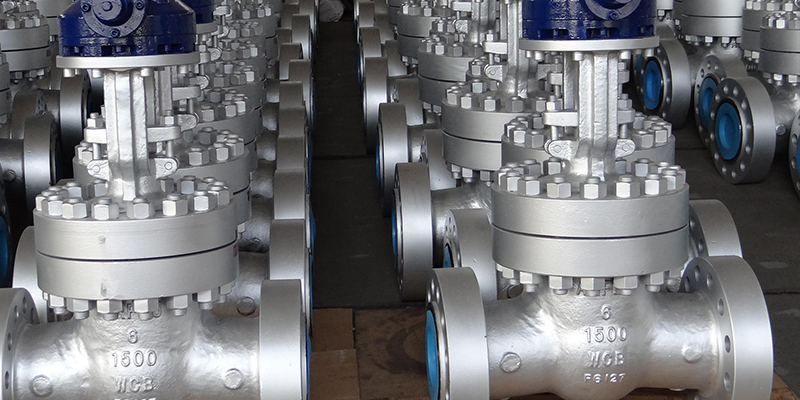
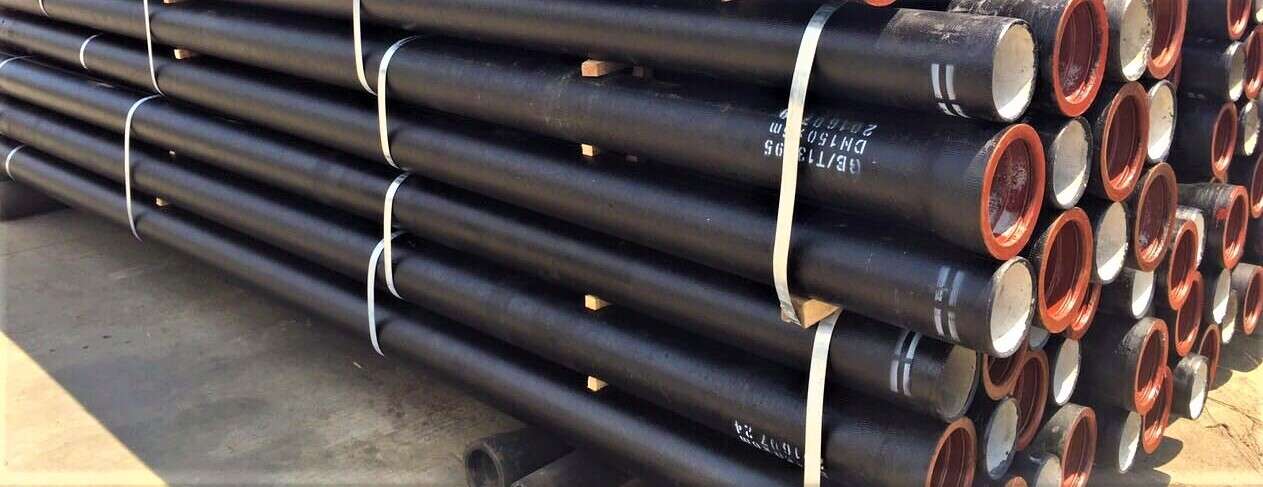


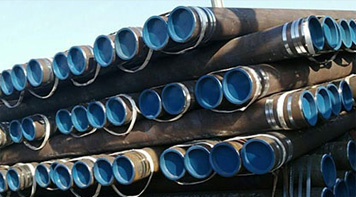 Eastern Steel Manufacturing Co.,Ltd not only improve product production and sales services, but also provide additional value-added services. As long as you need, we can complete your specific needs together.
Eastern Steel Manufacturing Co.,Ltd not only improve product production and sales services, but also provide additional value-added services. As long as you need, we can complete your specific needs together.
